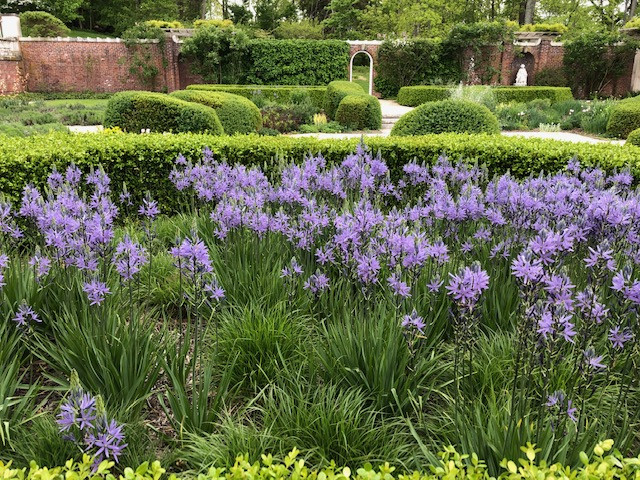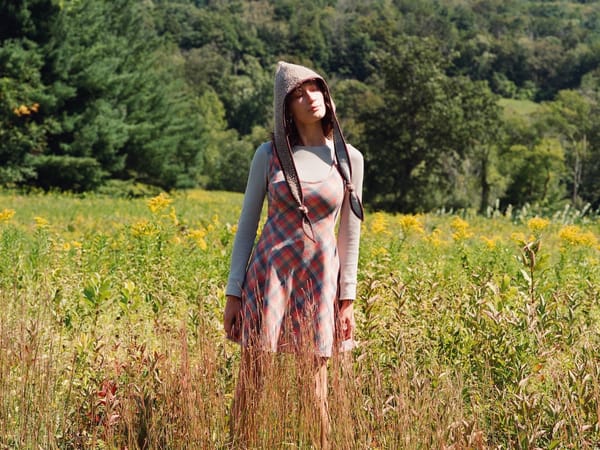Happy 120th Anniversary, Blithewood Garden. Now Let’s Get You Fixed Up.
An event will celebrate the history of Blithewood on the Bard campus and kick off a fundraising effort for its restoration.

An event will celebrate the history of Blithewood on the Bard campus and kick off a fundraising effort for its restoration.

“Blithewood Garden,” says Amy Parrella, director of Horiculture and Arboretum at Bard College, “has been crumbling every year.” It’s not something you want to hear about one of the few intact Hudson River estate gardens remaining from the Gilded Age. Owned by Bard since 1951 and located on the main campus, the Beaux-Arts Italianate garden is in need of a full-fledged restoration. In 2016, Bard partnered with The Garden Conservancy to help preserve and rehabilitate the garden. To commemorate the garden’s 120th anniversary, Bard will launch a fundraising campaign for it when it hosts “Vision & View: Creating a Classical Landscape on the Hudson” Sunday, April 23, from 2-4 p.m.
Attendees will gather at the Levy Economics Institute at Bard College, formerly the Beaux-Arts mansion of the Zabriskie family, who built the estate. The wine and cheese reception will be followed by the premiere screening of a documentary film about Blithewood's rich preservation story, featuring Bard alumna and actress Blythe Danner ’65. A thought-provoking panel discussion will look at the history of Blithewood Garden and other Gilded Age estates in the Hudson River Valley.

Panelists will include historic preservation expert Kurt Hirschberg; Harvey Flad, professor emeritus of Vassar College; Dimitri Stratis of the National Park Services for the Vanderbilt Mansion National Heritage Site; and Parrella. President and CEO of The Garden Conservancy James Brayton Hall will lead the conversation. Afterward, guests are invited to explore the garden, with Garden Conservancy and Bard horticulture staff on hand to answer questions. The film, the panel discussion and the self-guided tours are offered with the intention of inspiring people to learn more about the garden and support the restoration.
Designed by Francis Hoppin of the architectural firm Hoppin & Koen in the early 20th century, the 15,000 square-foot garden is highly architectural, walled on three sides with a sunken center, a fountain, statuary, two wisteria pergolas, and views of the Hudson River and Catskill mountains.
“We have remnants of the estate,” says Parrella. “There are carriage road trails, an old barn, a gatehouse, and the original swimming pool.” But, after 120 years, its stucco and brick walls are cracking, marble is separating, the wisteria pergola supports are shedding their stucco, and the columns supporting the pavilion’s copper roof are barely able to do their job. It’s not for neglect, adds Parrella. The New England climate has not been kind to these structures and has damaged a lot of the elements of the garden. The Garden Conservancy and Bard are working together on repairs to the historic garden’s structures and hardscape. Any efforts to restore this iconic garden to its grandeur will be using modern-day practices, with considerations on what might work best in the area’s climate. Its beauty, however, will remain intact.
“The restoration won’t take away from the character or romance of the garden but will enhance it,” Parrella says.
Reservations are required and limited tickets remain for the event. But the garden is open to the public from dawn to dusk every day at no charge, and guided tours are offered.








